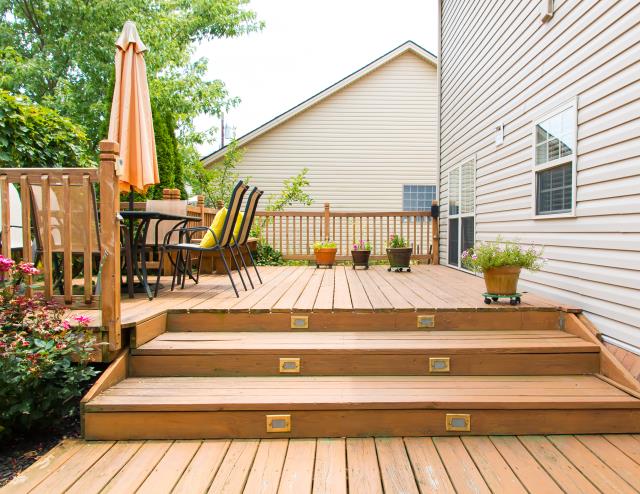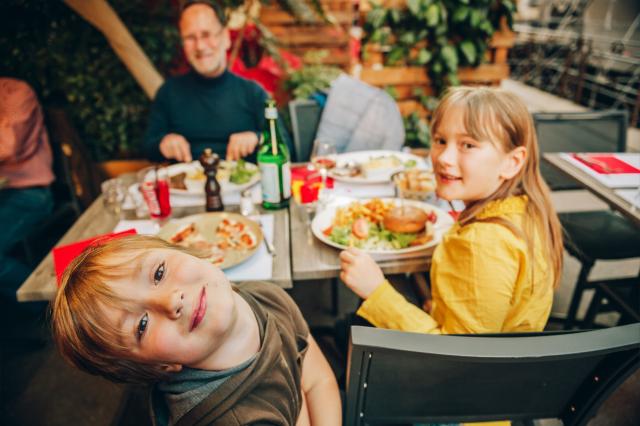There are fears of wavering public support for Greater Dandenong Council’s proposed tree-protection law, with key environmentalists refusing to back the measure.
The council has recently launched an online survey as well as pop-up consultation sessions to gauge public opinion.
Under the law, a permit would be required to remove large trees on private property. It applies to trees with a diameter of at least 40 centimetres at 1.4 metres above the ground.
No permit is required if the tree has been approved for pruning, is a safety risk or a declared noxious weed.
Those who breach the law would be served a notice to plant a replacement tree or trees, or fined up to $3698.
The law’s aim is to increase the woeful lack of tree canopy coverage in Greater Dandenong.
At less than 10 per cent, it is one of the lowest in metropolitan Melbourne. The council argues that it won’t achieve a target of 15 per cent by 2028 without the law.
However, the negotiated trigger-point of 40-centimetres has disappointed environmentally-minded supporters.
Greens councillor Rhonda Garad said several believed the threshold was too high to protect enough trees.
She urged a “pragmatic” approach, with council officers fearing public support has collapsed.
This is despite a 2021 Greater Dandenong survey finding 66 per cent of respondents in favour of a tree protection law.
Cr Garad acknowledged the proposal was “very, very conservative relative to plans in neighbouring municipalities”.
“People I’m speaking to are very unhappy. It’s an emotive issue.
“I’m a little pragmatic. It’s better to start with something and build on it, rather than no protection at all.
“This is about recognising the trees in our environment. We desperately need to hang onto our trees.”
Some councillors have opposed the proposal due to the restraint of private property rights. There were also concerns over residents being slugged for costly permits and arborist reports.
Cr Garad said contrary to “misinformation” posted on social media, a permit wasn’t required for diseased or dangerous trees.
The change would not apply for the majority of homes, she said.
Former councillor Matthew Kirwan, who initially pushed for the reform, declined to comment to Star Journal on the law.
As did Dandenong Environment Group secretary Judith Sise.
Dandenong resident Brian Congues, who prominently pushed for private tree protection, also declined to give public support.
Greater Dandenong Council did not comment on how many trees would be protected above the trigger point.
According to a council report in 2022, the trigger point was set at 40 centimetres because “trees of this size and above … create the most benefit in terms on canopy coverage, carbon capture and reduction in the urban heat island effect”.
“Often significant trees are removed for new developments, or for other purposes, with little consideration given to how the tree could be retained, even when it could be possible to do so.”
According to the council, trees in Greater Dandenong store 510 tonnes of carbon annually, remove 11 tonnes of other air pollution and produce 1300 tonnes of oxygen.
They also counter the ‘heat island effect’, absorb stormwater runoff and shelter native animals.
Pop-in consultation sessions will be held on the proposed law as well as a proposed cat curfew.
The sessions are at Tatterson Pavilion, Keysborough on Tuesday 14 March 6pm-7.30pm, Springvale Town Hall supper room on Wednesday 15 March 6pm-7.30pm and Dandenong Civic Centre on Wednesday 22 March 6pm-7.30pm.
Online surveys on the cat curfew and tree protection proposals close on Friday 31 March.
Details: greaterdandenong.vic.gov.au/tree-protection-cat-curfew-pop-in-session







